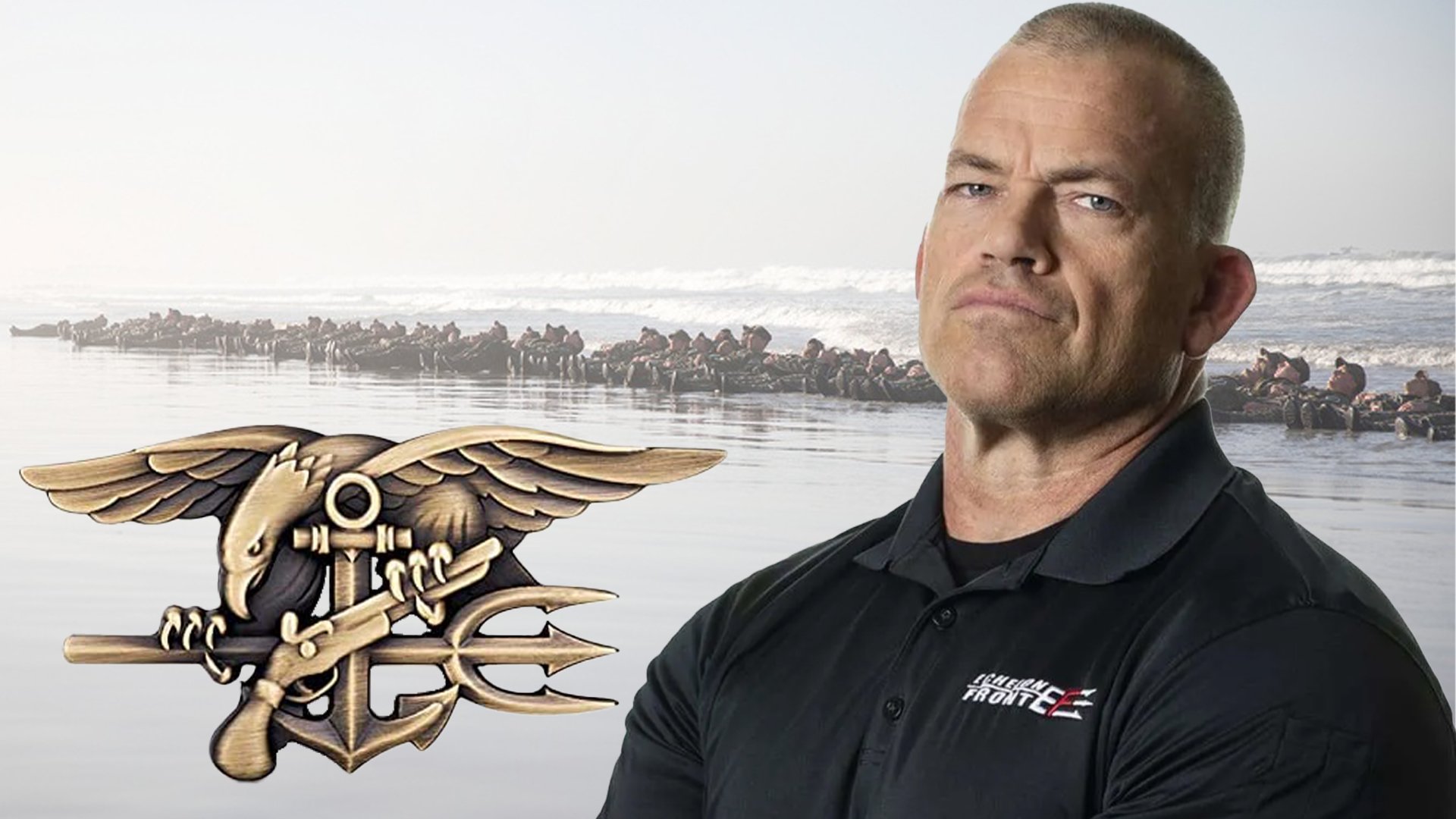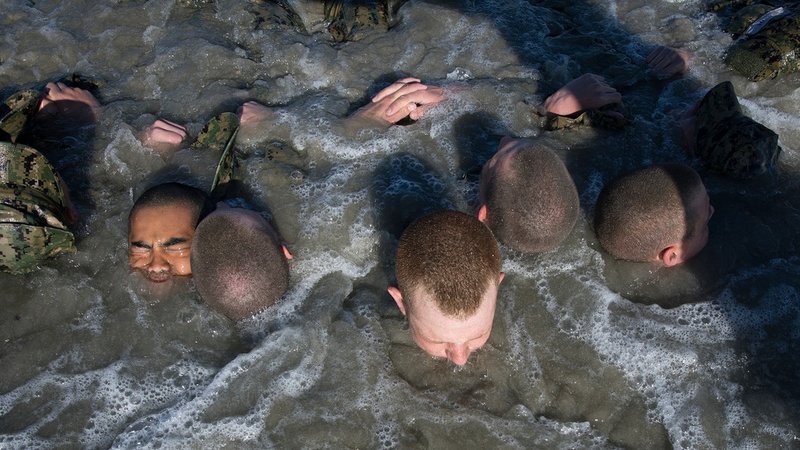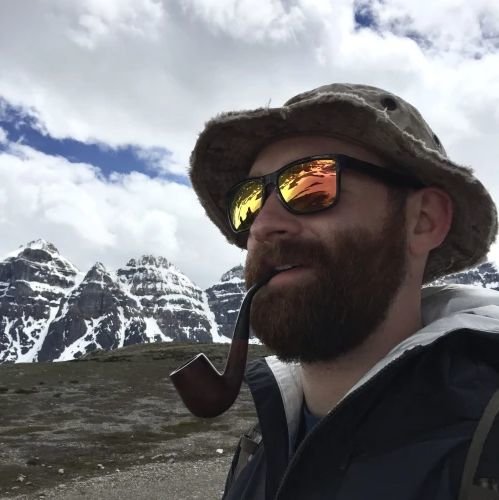
Jocko Willink served for over 20 years in the SEAL teams, including during the Battle of Ramadi. Composite by Coffee or Die Magazine.
Retired Navy SEAL officer Jocko Willink published an essay this week warning against altering the severe nature of SEAL training in the wake of Seaman Kyle Mullen’s Feb. 4 death. Mullen died after successfully completing the notoriously difficult “Hell Week” of BUD/S training.
In the essay, published Wednesday, Oct. 12, by FOX News, Willink, a Silver Star recipient and book author, describes “conducting, directing, and overseeing vast amounts of brutal training” during his career as a SEAL. He details some of the SEALs’ desert land warfare training in which trainees simulate the rigors of operating in foreign deserts with the full weight of their gear and equipment, all while enduring explosions, CS gas, and simulated firefights with paintballs. He notes that this particular facet of the BUD/s course is but one small portion of a much larger conditioning process. Furthermore, he cautions that, despite its brutal nature, the training pales in comparison to combat and making it less grueling would ultimately weaken the SEAL teams.
“The SEALs were always sleep deprived and dehydrated,” Willink writes. “And the environment was always too hot or too cold or too wet or too dry. Everyone got cuts, scrapes, and bruises. Sprained ankles, strained knees, and injured backs and shoulders occurred with regularity. Heat casualties were common. Sometimes, in rare but tragic cases, SEALs died in training.”

U.S. Navy SEAL candidates participate in Basic Underwater Demolition/SEAL (BUD/S) training. SEALs are the maritime component of U.S. Special Forces and are trained to conduct a variety of operations from the sea, air and land. U.S. Navy photo by Petty Officer 1st Class Abe McNatt.
According to The New York Times, at least 11 SEALs have died in training since 1953. But despite the fact that training fatalities occur at unusually high rates among Navy SEALs when compared with similarly elite units in other branches, such as Army Special Forces, Willink remains adamant that the tradition of dangerously harsh SEAL training should not be tampered with.
“Our training is historically based on the worst combat conditions imaginable: the beaches of Normandy, the hinterland of Korea, the jungles of Vietnam, the mountains of Afghanistan, and the urban warzones of Iraq,” he writes. “Our existence is brutal. War is brutal. Because of that — our training is brutal. And it needs to stay that way.”
Read Next: WARCOM: Performance-Enhancing Drugs Didn’t Kill SEAL Candidate

Mac Caltrider is a senior staff writer for Coffee or Die Magazine. He served in the US Marine Corps and is a former police officer. Caltrider earned his bachelor’s degree in history and now reads anything he can get his hands on. He is also the creator of Pipes & Pages, a site intended to increase readership among enlisted troops. Caltrider spends most of his time reading, writing, and waging a one-man war against premature hair loss.
BRCC and Bad Moon Print Press team up for an exclusive, limited-edition T-shirt design!
BRCC partners with Team Room Design for an exclusive T-shirt release!
Thirty Seconds Out has partnered with BRCC for an exclusive shirt design invoking the God of Winter.
Lucas O'Hara of Grizzly Forge has teamed up with BRCC for a badass, exclusive Shirt Club T-shirt design featuring his most popular knife and tiomahawk.
Coffee or Die sits down with one of the graphic designers behind Black Rifle Coffee's signature look and vibe.
Biden will award the Medal of Honor to a Vietnam War Army helicopter pilot who risked his life to save a reconnaissance team from almost certain death.
Ever wonder how much Jack Mandaville would f*ck sh*t up if he went back in time? The American Revolution didn't even see him coming.
A nearly 200-year-old West Point time capsule that at first appeared to yield little more than dust contains hidden treasure, the US Military Academy said.












